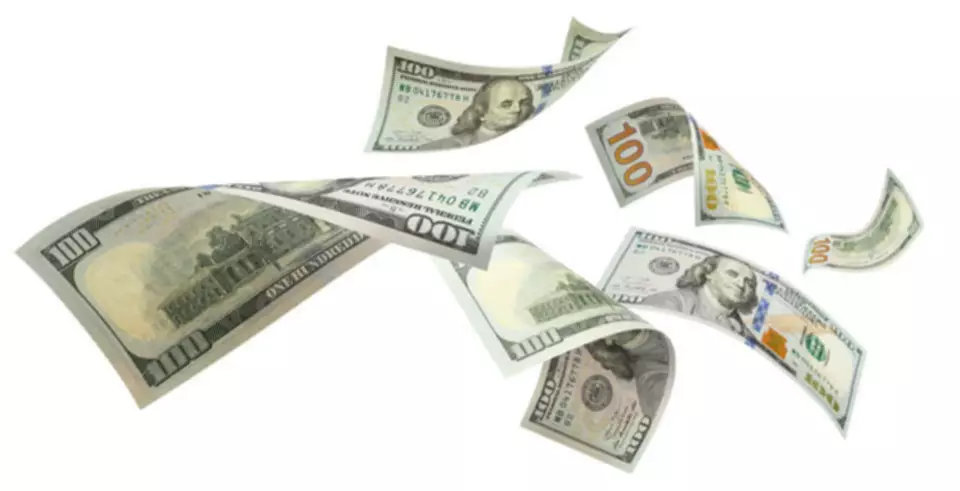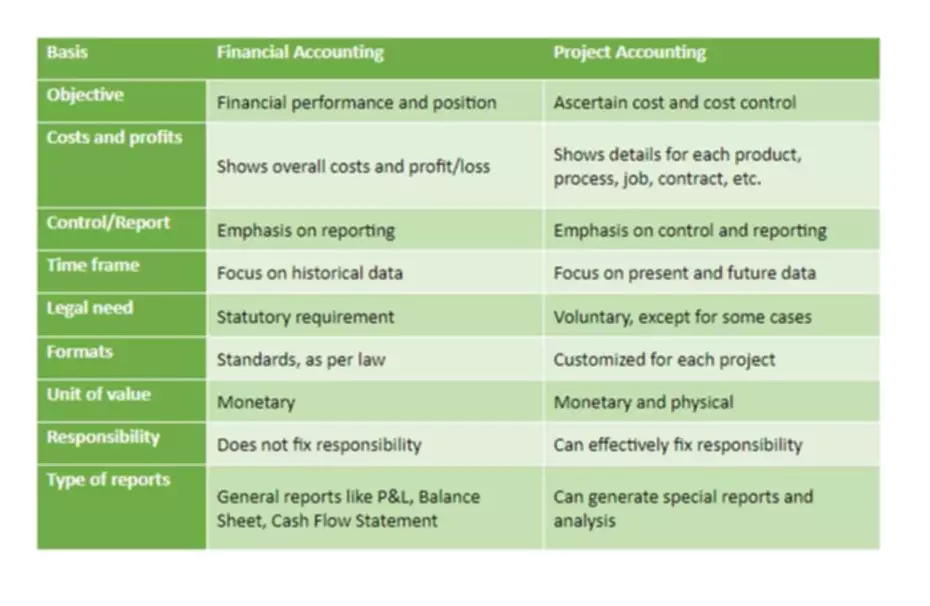Content

Stucky says a company’s current assets can offer a lens into how much liquidity the company will have to fund its everyday operations and meet near-term financial obligations. These short-term assets could include the money a company will use to pay employees or buy supplies, along with the inventory it’s currently selling to customers. Creditors are interested in the proportion of current assets to current liabilities, since it indicates the short-term liquidity of an entity.
They provide value to your business, but it can be difficult to convert them into cash. Your non-current assets usually depreciate over time and their value reduces gradually on the balance sheet. Your current assets do not depreciate but their market value can rise and fall. Business assets can range from inventory and cash to state-of-the-art equipment, buildings, and intellectual property.
Financial ratios
The same can be said for current assets, they’re immediate and easily accessible. A business with positive cash balances can either hold them in the bank or invest them for short periods – perhaps by placing them on short-term deposit. When a business is doubtful whether a customer will settle its debts it needs to make an allowance for this in the balance sheet. A low cash ratio is not necessarily bad because there might be situations that skew the balance sheets of a company.
- Second, they can work to invest in new projects or expand the business.
- Although large, non-current assets such as vehicles and machinery are difficult to remove, tools and current assets like cash and inventory can be stolen.
- This consideration is reflected in the Allowance for Doubtful Accounts, a sub-account whose value is subtracted from the Accounts Receivable account.
- For example, if Company B has $800,000 in quick assets and current liabilities of $600,000, its quick ratio would be 1.33.
- Current assets are those assets that easily convert into cash in a year.
Harold Averkamp (CPA, MBA) has worked as a university accounting instructor, accountant, and consultant for more than 25 years. With Square Online, you can turn any business into an online business with a free eCommerce website. Set up a free online store that syncs with your inventory and your social media. What’s more, your maintenance team can communicate seamlessly wherever they are to close the loop on all of your asset-related tasks and create a single point of truth.
Components of Current Assets
It includes cash and items that the company can turn into cash easily. Asset management software is a simple and centralized way to monitor and manage all of your business’s assets. It allows you to manage non-current and current assets from a single solution so you can take charge of your assets and create a more efficient operation. Intangible non-current assets are things that your business holds that do not have a physical form.

A financial professional will offer guidance based on the information provided and offer a no-obligation call to better understand your situation. Ask a question about your financial situation providing as much detail as possible. Our mission is to empower readers with the most factual and reliable financial information possible to help them make informed decisions for their individual needs. Finance Strategists is a leading financial literacy non-profit organization priding itself on providing accurate and reliable financial information to millions of readers each year. This team of experts helps Finance Strategists maintain the highest level of accuracy and professionalism possible.
Current assets vs current liabilities
You use current assets to generate cash flow for the business and you can liquidate them quickly to fund your ongoing operations and cover your expenses. Current assets are an important part of a company’s financial health. They can work to finance operations, invest in new projects, or pay off debts. Understanding the different types of current assets and how to calculate them is essential for any business owner or manager. Noncurrent assets, on the other hand, are more long-term assets that are not expected to be converted into cash within a year from the date on the balance sheet.

Current liabilities are the obligations a business must meet within a fiscal year. For example, they would include payments to employees and suppliers as well as dividends to shareholders and company taxes. Non-current assets can be both “tangible” and “intangible”, that is, things you can physically see and touch as well as resources that do not have a physical form. Current assets are categorized as “liquid” or “more liquid” depending on how quickly you can convert them into cash. Implementing asset management makes it easier for businesses to keep track of their current and non-current assets. Prepaid insurance is recorded as a current asset on the balance sheet.
The balance sheet reports on an accounting period, which is typically a 12-month timeframe. Current assets can be found at the top of a company‘s balance sheet, and they’re listed in order of liquidity. Creditors and investors keep a close eye on the Current Assets account to assess whether a business is capable of paying its obligations. Inventory covers the products you sell and is listed on your balance sheet as finished goods, works-in-progress, raw materials, and supplies.
Current assets, explained as some of the most useful assets in a company, are very valuable. Examples of items considered current assets include cash, inventory and accounts receivable. Two key liquidity ratios, the current ratio and the quick ratio, are calculated using current assets items. Accounting and finance professionals believe they are some of the most important assets because they are useful in good times or bad.
This includes cash itself, as well as investments, accounts receivable, and inventory. It provides an overview of the company’s assets, liabilities, and equity. The balance sheet can assess a company’s financial health and calculate important ratios such as the current ratio.
What is current and total assets?
Current assets are short-term assets that can be converted into cash within one year, while total assets include both short-term and long-term assets.
Of the ratios used by investors to assess the liquidity of a company, the following metrics are the most prevalent. The assets section of the balance sheet is ordered from most liquid to least liquid. The Current Assets https://www.bookstime.com/ categorization on the balance sheet represents assets that can be consumed, sold, or used within one calendar year. Every asset has a liquidity, from property to your collection of antiques and even the cash in…
Inventories are any raw materials, completed products, and products that are still works in process. When inventories are reported as current assets on a balance sheet, it is important to note the valuation method used for the inventory dollar amount. Some choose to use the first-in-first-out method of valuation, also known as FIFO. Current assets are combined with noncurrent assets to make up the company’s total assets on its balance sheet. Lenders see companies that have significantly more current assets than liabilities as a good risk regarding trade credit. Asset management makes the process of identifying and tracking the assets stolen by employees or customers easier.
- Inventories (often also called “stocks”) are the least liquid kind of current asset.
- However, a company that buys the machinery and will use it for years to come would consider it a fixed asset.
- Of the ratios used by investors to assess the liquidity of a company, the following metrics are the most prevalent.
- These items are considered liquid because the merchandise is often sold within a year.
- Below is a consolidated balance sheet of Nike, Inc for the period ending May 31, 2022.
- For current assets, the first item will always be cash (assuming the company has it).
- Your non-current assets are taxed as capital when you sell them, and you pay capital gains tax.
He is a CFA charterholder as well as holding FINRA Series 7, 55 & 63 licenses. He currently researches and teaches economic sociology and the social studies of finance at the Hebrew University in Jerusalem. We follow strict ethical journalism practices, which includes presenting unbiased information current assets business definition and citing reliable, attributed resources. The articles and research support materials available on this site are educational and are not intended to be investment or tax advice. All such information is provided solely for convenience purposes only and all users thereof should be guided accordingly.
